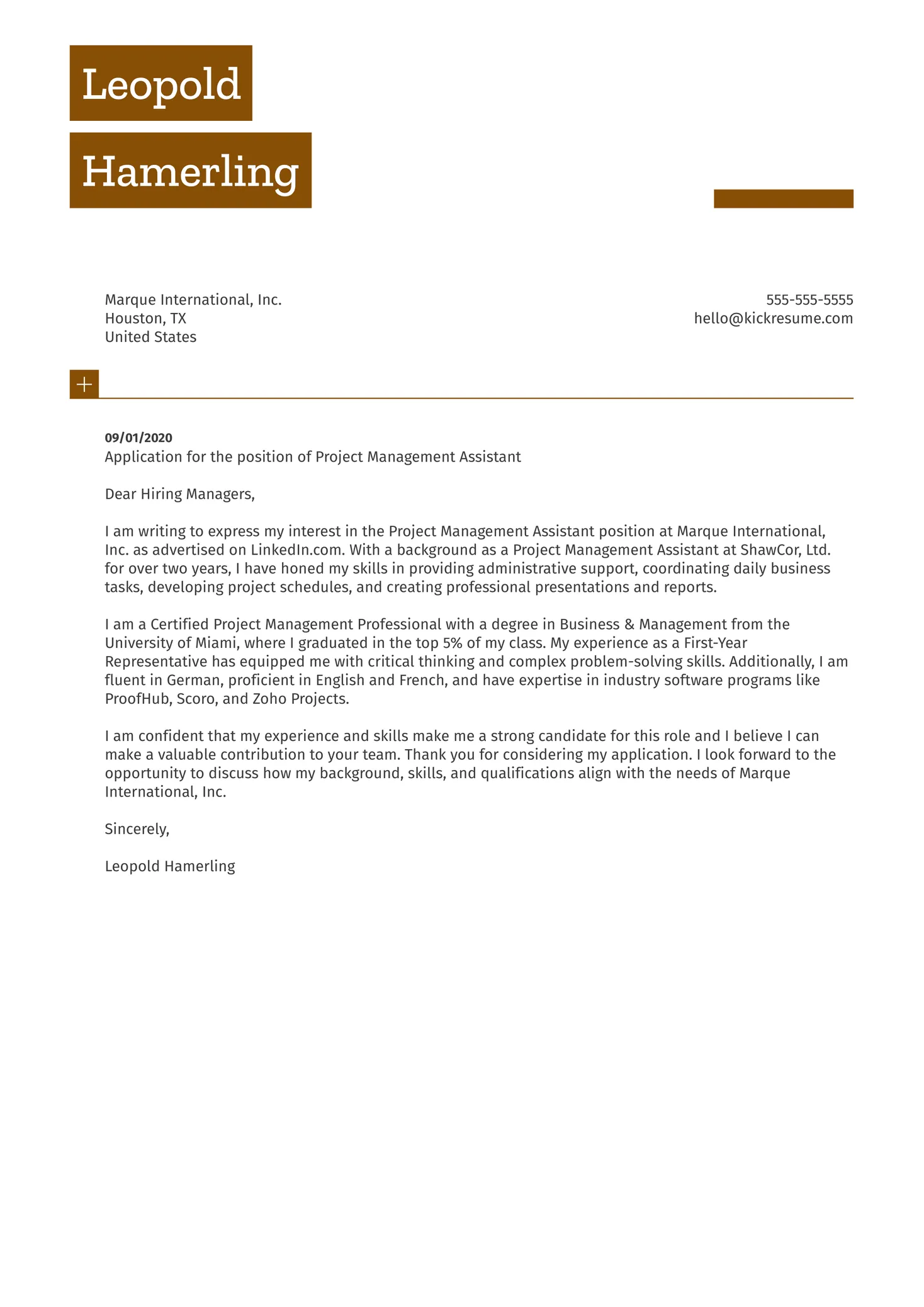What is an Assistant Manager Cover Letter
An assistant manager cover letter is a crucial document that accompanies your resume when applying for an assistant manager position. It serves as your first introduction to a potential employer, offering you the opportunity to showcase your qualifications, skills, and enthusiasm for the role. Unlike a resume, which provides a concise overview of your experience, a cover letter allows you to elaborate on your achievements, explain your career goals, and demonstrate why you are the perfect fit for the specific job and company. It is a personalized document, tailored to each job application, highlighting the specific skills and experiences that align with the requirements outlined in the job description. A well-written cover letter can significantly increase your chances of securing an interview, as it provides a deeper understanding of your capabilities and personality, helping you stand out from other applicants.
Key Elements of an Effective Cover Letter
Contact Information
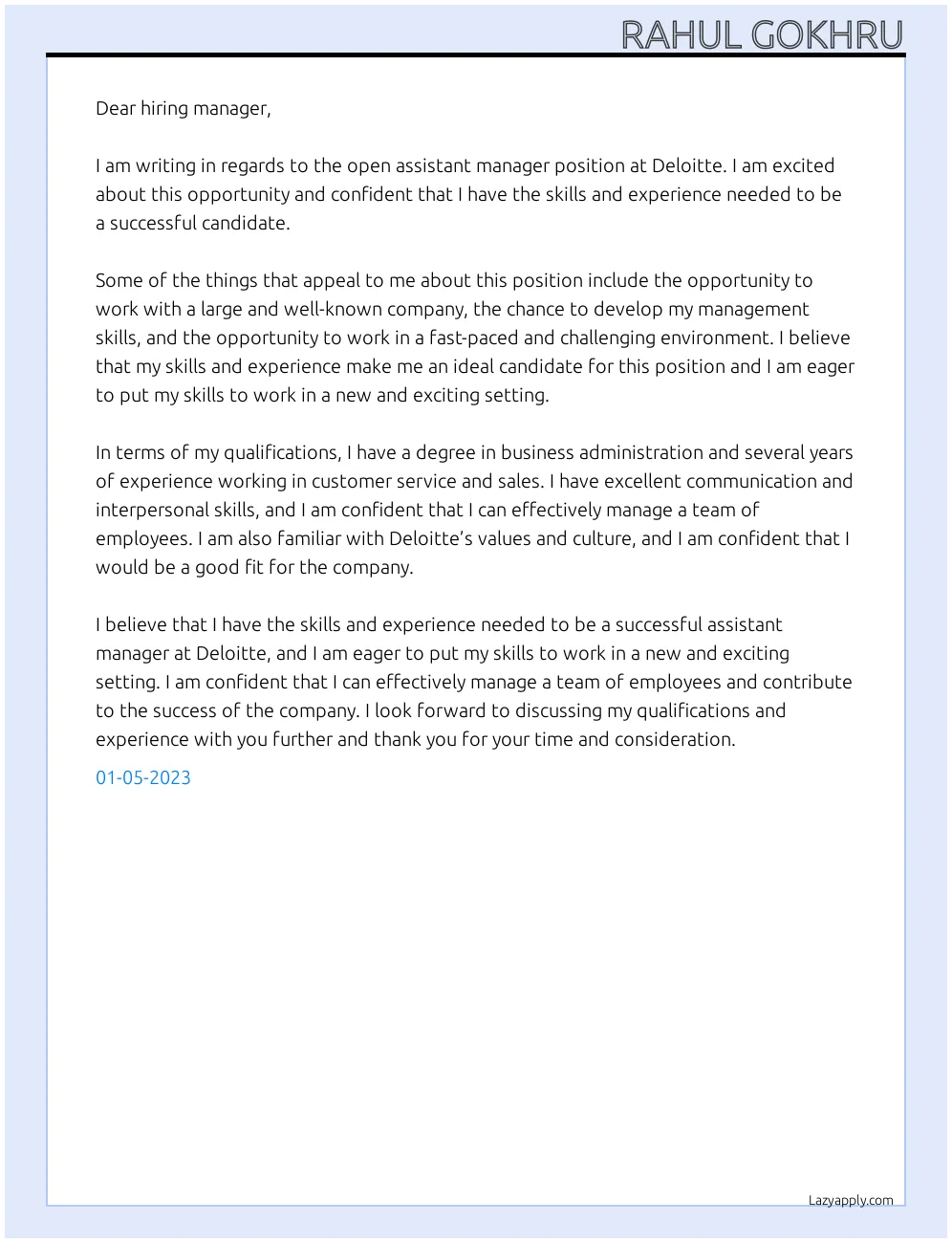
Begin your cover letter with your contact information. This should include your full name, address, phone number, and email address. Place this at the top of the letter, either on the left or right side. This ensures that the hiring manager can easily reach you if they are interested in moving forward with your application. Ensuring your contact details are accurate and professional is paramount; this small detail reflects your attention to detail and organizational skills. Double-check all information before submitting your letter to avoid any potential communication issues. A clear and easy-to-find contact section is a fundamental element of any professional cover letter.
Greeting
The greeting should be professional and tailored to the specific recipient. If possible, address the hiring manager by name. This shows that you have taken the time to research the company and personalize your application. If you cannot find a specific name, use a professional salutation such as ‘Dear Hiring Manager’ or ‘Dear [Company Name] Team’. Avoid generic greetings like ‘To Whom It May Concern’ as they can make your letter feel less personal. Addressing the hiring manager by name demonstrates initiative and attention to detail, leaving a positive first impression.
Opening Paragraph
Your opening paragraph should immediately grab the reader’s attention and state the purpose of your letter. Clearly mention the position you are applying for and where you found the job posting. Briefly highlight your most relevant skills or experience that align with the job requirements. This is your opportunity to make a strong first impression and demonstrate your understanding of the role. Keep it concise and enthusiastic, making sure to convey your interest in the company and the specific assistant manager position. This initial paragraph sets the tone for the rest of your letter and encourages the hiring manager to continue reading.
Body Paragraphs
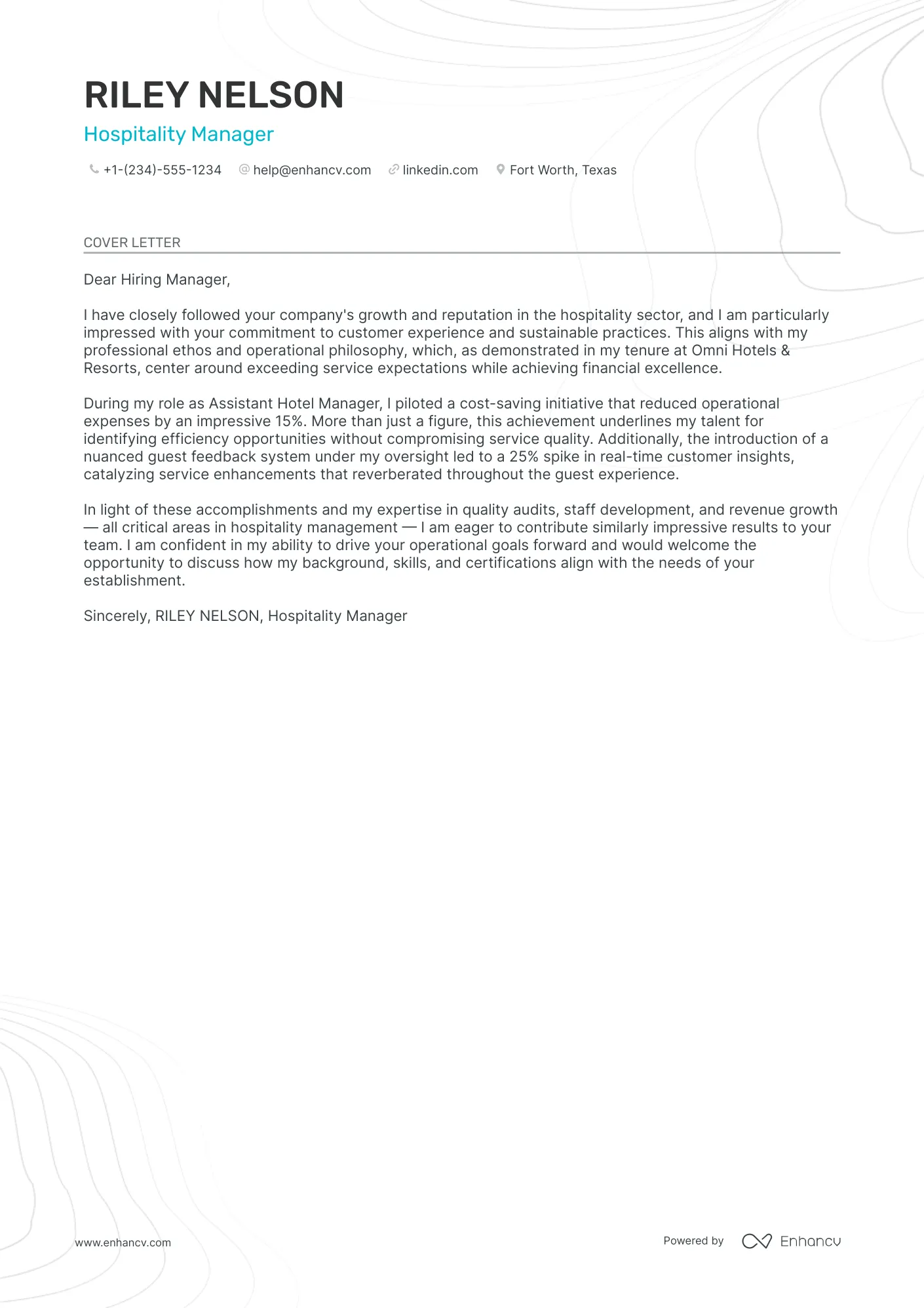
The body paragraphs are where you showcase your qualifications and demonstrate why you are the best candidate for the job. This section should elaborate on your skills, experience, and achievements, providing specific examples to support your claims. Tailor your content to align with the requirements outlined in the job description, emphasizing the skills and experiences that are most relevant. Use clear, concise language and avoid jargon. Focus on what you can offer the company and how you can contribute to their success. This is your opportunity to sell yourself and demonstrate your value as an assistant manager.
Highlighting Relevant Skills and Experience
Focus on the skills and experience that are most relevant to the assistant manager position. This might include leadership, customer service, problem-solving, team management, or financial analysis. Provide specific examples of how you have demonstrated these skills in previous roles. Use action verbs to describe your accomplishments and quantify your achievements whenever possible. Make sure to align your skills with the requirements outlined in the job description. By highlighting relevant skills, you immediately show the hiring manager how you can contribute to the company’s success. Refer to the cover-letter-assistant-manager image.
Quantifying Achievements
Quantify your achievements whenever possible. Instead of saying ‘Improved customer satisfaction,’ state ‘Increased customer satisfaction scores by 15% within six months.’ Using numbers and data provides concrete evidence of your accomplishments and makes your claims more credible. This demonstrates your ability to drive results and contribute to the company’s bottom line. Use metrics to showcase your impact in previous roles. Quantifying achievements makes your cover letter more compelling and shows the hiring manager the tangible value you can bring to the assistant manager position. Consider examples that demonstrate how you have improved efficiency, increased sales, or reduced costs. The assistant-manager-resume image could show examples of these quantifications.
Demonstrating Company Knowledge
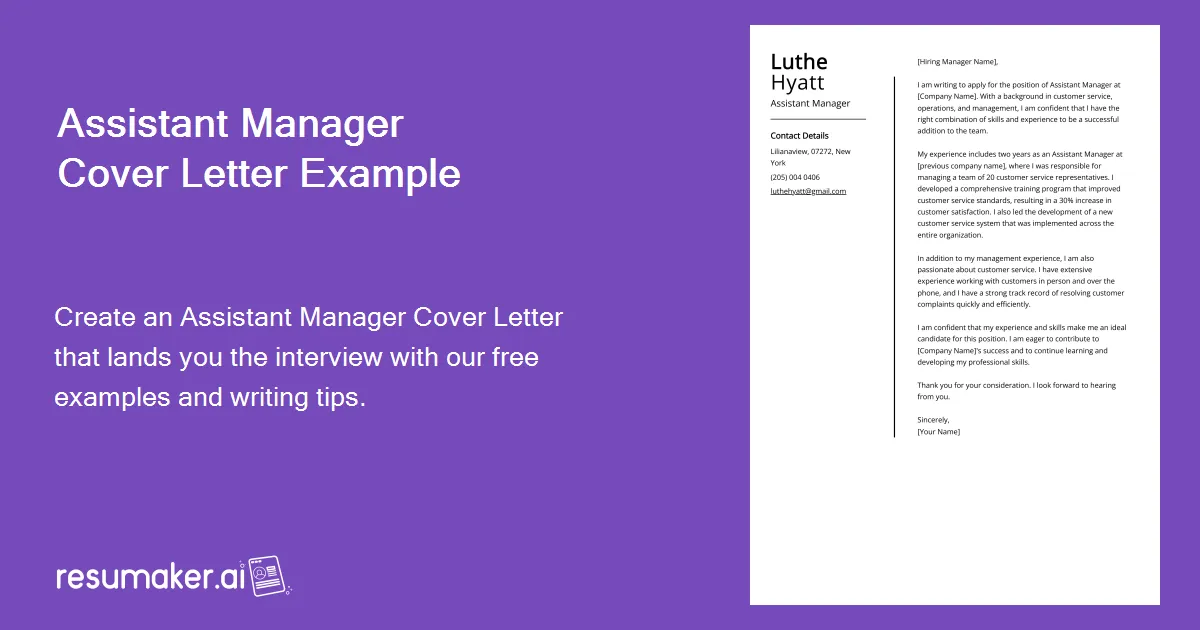
Demonstrate that you have researched the company and understand its mission, values, and goals. Mention specific aspects of the company that appeal to you and explain why you are interested in working there. This shows your genuine interest in the company and your commitment to the role. Show your research by highlighting how your skills and experience align with the company’s needs. If possible, mention specific products, services, or initiatives that resonate with you. This level of research indicates that you are serious about the opportunity and are prepared to contribute to the company’s success. This could also include mentioning what you know about the company’s current projects and goals.
Closing Paragraph
Your closing paragraph should summarize your interest in the position and reiterate your enthusiasm for the opportunity. Reiterate your key qualifications and highlight why you are the best fit for the role. Express your gratitude for the hiring manager’s time and consideration. Keep it brief and impactful, leaving a lasting positive impression. This is your final chance to emphasize your suitability for the role and encourage the hiring manager to take the next step in the hiring process. Your closing paragraph should leave the reader feeling confident in your ability to excel as an assistant manager.
Call to Action
Include a clear call to action, such as requesting an interview. State that you are eager to discuss your qualifications further and are available at their earliest convenience. Make it easy for the hiring manager to take the next step. Providing a clear and concise call to action increases your chances of being contacted for an interview. Be proactive and show your eagerness to move forward in the hiring process. Examples of a call to action would be to request a call, email, or meeting to discuss the role. The cover-letter-example image could include an example.
Formal Closing and Signature
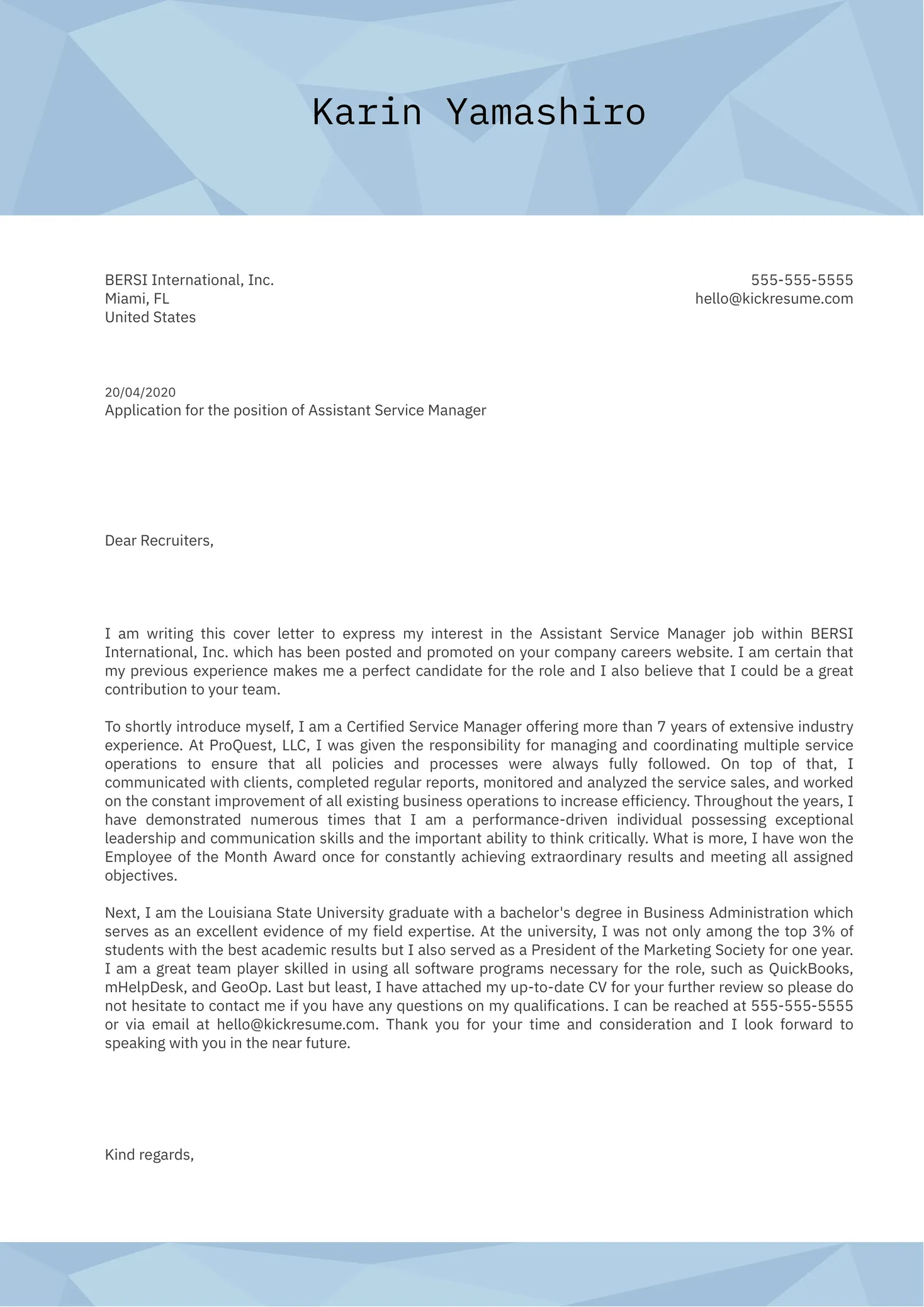
End your cover letter with a professional closing, such as ‘Sincerely,’ ‘Best regards,’ or ‘Thank you.’ Include your typed full name below the closing. If you are submitting a digital cover letter, you can include a digital signature. If you are submitting a printed cover letter, sign your name above your typed name. Ensure your signature is legible and professional. Using a formal closing and signature demonstrates professionalism and attention to detail. This simple step adds a touch of formality and reinforces your commitment to the role. The cover-letter-tips image can showcase these aspects.
Formatting Your Cover Letter
Formatting your cover letter correctly is essential for making a positive impression. Proper formatting enhances readability and professionalism, which is key for an assistant manager application. A well-formatted cover letter is easier to read and shows that you pay attention to detail. Poor formatting can distract the reader and undermine your qualifications. Take the time to format your cover letter to ensure it is visually appealing and easy to understand. Consider using templates to streamline the formatting process. This section will focus on the key formatting elements for an effective cover letter.
Font and Readability
Choose a professional and readable font, such as Times New Roman, Arial, or Calibri. Use a font size between 10 and 12 points. Avoid using overly decorative or complex fonts that can be difficult to read. Ensure the font is consistent throughout the document. Readability is key to ensure your cover letter is easily understood. A clean and simple font allows the hiring manager to focus on the content of your letter. The readability of your cover letter directly impacts the first impression and the hiring manager’s ability to quickly grasp your qualifications. The cover-letter-tips image shows examples of these points.
Margins and Spacing
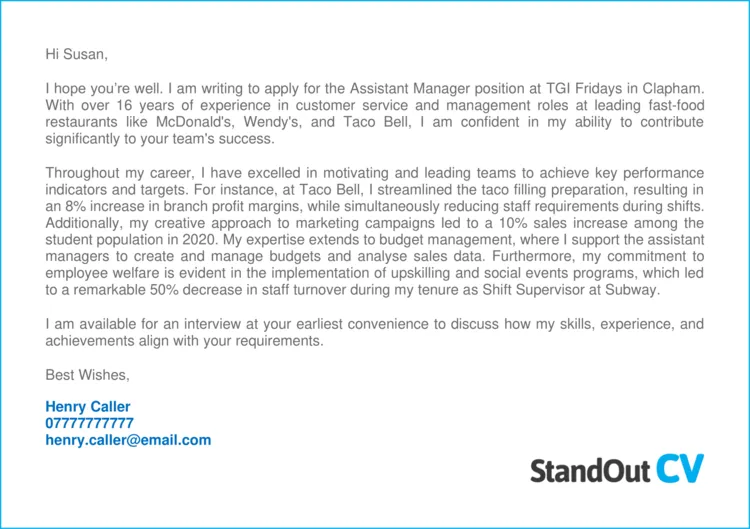
Use standard margins of 1 inch on all sides of the document. This provides adequate white space, making the text less cluttered and easier to read. Use single-spacing within paragraphs and double-spacing between paragraphs. This enhances readability and visually separates the different sections of your cover letter. Adequate spacing creates a visually appealing document that is easier to scan and absorb. Proper margins and spacing help to create a professional and polished appearance, leaving a positive impression on the hiring manager. Use the correct spacing to present a clear and organized cover letter.
Proofreading and Editing
Proofread your cover letter carefully for any grammatical errors, typos, and inconsistencies. Use a spell checker, but also read through the letter multiple times to catch any errors that the spell checker might miss. Ask a friend or family member to review your letter for feedback. Ensure that your writing is clear, concise, and error-free. Proofreading is an essential step. Proofreading is essential to ensure your cover letter reflects your attention to detail and professionalism. Errors in your cover letter can create a negative impression and could disqualify you from consideration. Take the time to revise and proofread your cover letter thoroughly. Consider using proofreading-cover-letter image.
Cover Letter Examples and Templates
Using cover letter examples and templates can save you time and help you structure your letter effectively. Many online resources provide samples that you can adapt to your specific situation. Customize the templates to reflect your skills and experience. Remember to tailor your cover letter to each job application, highlighting the most relevant aspects of your qualifications. Cover letter templates provide a solid foundation for your application. Adapt the templates to align with the specific job requirements and company culture. Review the examples to gain ideas on how to present your qualifications. Make sure the examples are for an assistant manager position.
Cover Letter Sample for Retail Assistant Manager
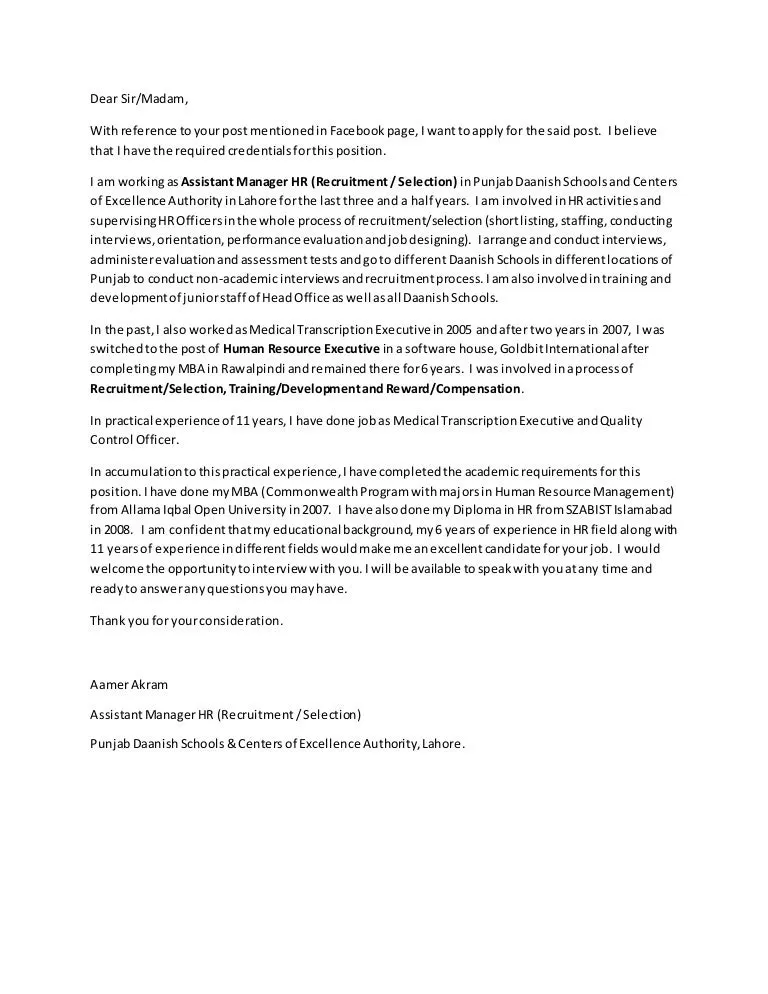
A retail assistant manager cover letter should emphasize experience in customer service, sales, inventory management, and staff supervision. Highlight your ability to drive sales, manage staff, and resolve customer issues. Include quantifiable achievements, such as increasing sales by a certain percentage or reducing employee turnover. The retail-assistant-manager image can provide visual support. Tailor your letter to match the specifics of the retail environment. This might mean emphasizing your ability to manage and mentor teams, ensuring exceptional customer experiences, or managing store operations efficiently. Focus on showing examples of how you have improved efficiency and customer satisfaction.
Cover Letter Sample for Restaurant Assistant Manager
A restaurant assistant manager cover letter should showcase your skills in operations management, customer service, and team leadership. Highlight your experience with managing staff, handling customer complaints, and ensuring compliance with health and safety regulations. Mention your ability to improve operational efficiency, control costs, and drive customer satisfaction. The restaurant-assistant-manager image could showcase different examples. Tailor your letter to align with the specifics of the restaurant industry. This might involve detailing your experience with inventory, managing labor costs, and maintaining a positive dining environment.
Cover Letter Sample for Office Assistant Manager
An office assistant manager cover letter should focus on organizational skills, administrative experience, and communication skills. Highlight your ability to manage office operations, handle administrative tasks, and support office staff. Showcase your experience with scheduling, record-keeping, and vendor management. Mention skills like communication, organization, and problem-solving. The office-assistant-manager image provides a visual for this. Tailor your letter to fit office settings, which can involve demonstrating your skill in managing office budgets, maintaining office equipment, and overseeing office supply orders. Emphasize your experience with administrative software and systems.
Final Thoughts and Tips
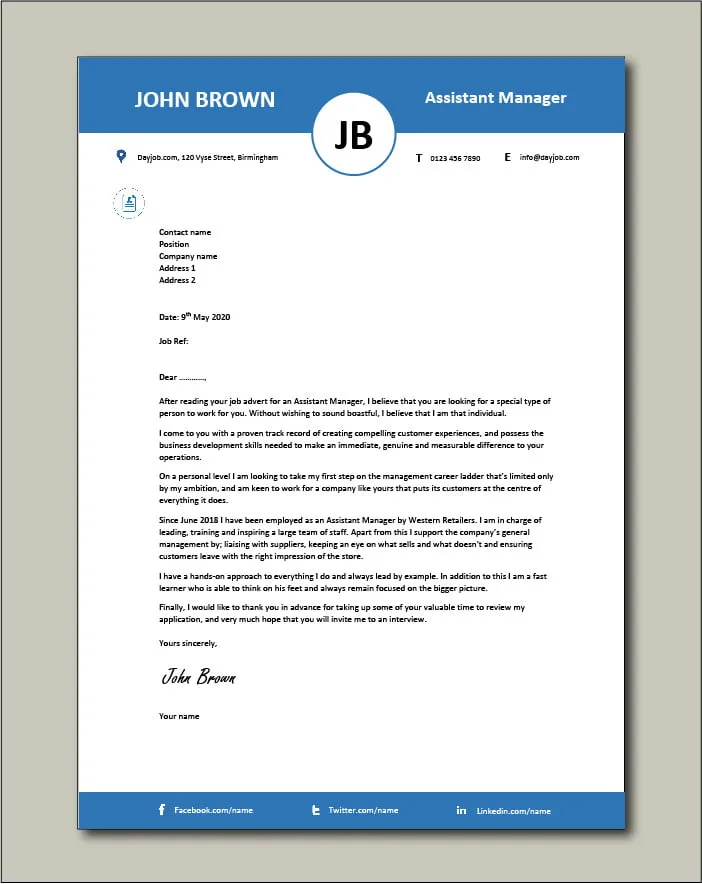
When writing an assistant manager cover letter, take the time to tailor it to each job. Focus on your most relevant skills and accomplishments, and demonstrate your knowledge of the company. Proofread your cover letter carefully and have someone else review it for feedback. Always send a cover letter with your resume, as it is a valuable tool for showcasing your qualifications and increasing your chances of getting an interview. By following these guidelines, you can create a compelling cover letter that will help you land your dream job as an assistant manager. The most important aspect is to let your personality shine through in the letter. A well-crafted cover letter is an investment in your future career.
